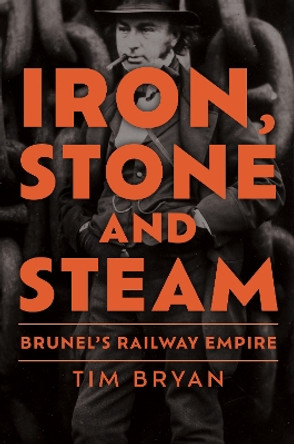Railway stations were a prominent feature of most towns and villages in Britain until post-war modernisation and closures swept many away. The largest and most imposing stations were in large towns and cities. Among the most impressive were the London termini such as King's Cross, Liverpool Street, Paddington and Waterloo. They handled and (still handle) millions of long distance and commuter travellers every year. Elsewhere, larger cities like Birmingham, Manchester and Glasgow often had more than one important station. Behind their imposing facades, they provided all manner of facilities for passengers - waiting rooms, bookstalls, refreshment rooms, luggage and lavatories. Meanwhile, country stations, especially those on branch lines, were an important part of rural life, providing a vital link for goods and passengers to and from the countryside. As the start and end point of millions of daily commutes, business trips, days out and family holidays, railway stations are undoubtedly among Britain's most special buildings. This book is part of the Britain's Heritage series, which provides definitive introductions to the riches of Britain's past, and is the perfect way to get acquainted with the railway station in all its variety.
About the AuthorTim Bryan spent twenty-one years working as curator at the GWR and STEAM museums in Swindon and is now Head of Collections at the British Motor Museum, Gaydon. He is the author of more than fifteen books, and many articles on railway and heritage topics.
Book InformationISBN 9781445669007
Author Tim BryanFormat Paperback
Page Count 64
Imprint Amberley PublishingPublisher Amberley Publishing
Weight(grams) 183g




![The Great Western Railway by Tim Bryan 9780747807889 [USED COPY] The Great Western Railway by Tim Bryan 9780747807889 [USED COPY]](https://cdn11.bigcommerce.com/s-zkx5lhzlf8/images/stencil/444x444/products/4857874/4857104/9780747807889__41082.1722041289.jpg?c=1)

